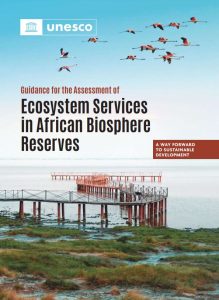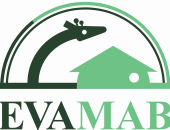EVAMAB
Home » Partnerships » External projects » EVAMAB
Home » Partnerships » External projects » EVAMAB
EVAMAB
Economic valuation of ecosystem services in Man and Biosphere reserves: testing effective rapid assessment methods in selected African MABs (2017-2019, Belspo & UNESCO)
Economic valuation of ecosystem services in Man and Biosphere reserves: testing effective rapid assessment methods in selected African MABs (2017-2019, Belspo & UNESCO)
The EVAMAB manual is also available on UNESCO website.
The EVAMAB-project addressed the evaluation of the economic value of ecosystem services (ES) in UNESCO-MAB sites from a regional perspective (Africa) and focused on sites from 4 countries: Benin, Ethiopia, Tanzania, Uganda. The project results will contribute to the transition to green economy in Africa.
This project lasted 30 months (2017-2019) and was financed in the framework of a Memorandum of Understanding between Belspo (Belgian Science Policy) and UNESCO to support research activities in Biosphere Reserves (BR). The EVAMAB consortium consisted of a multi- and transdisciplinary team of 4 Belgian partners: one Federal Scientific Institute (RBINS, with CEBioS as promotor) and 3 universities (KU Leuven, ULB, UA).
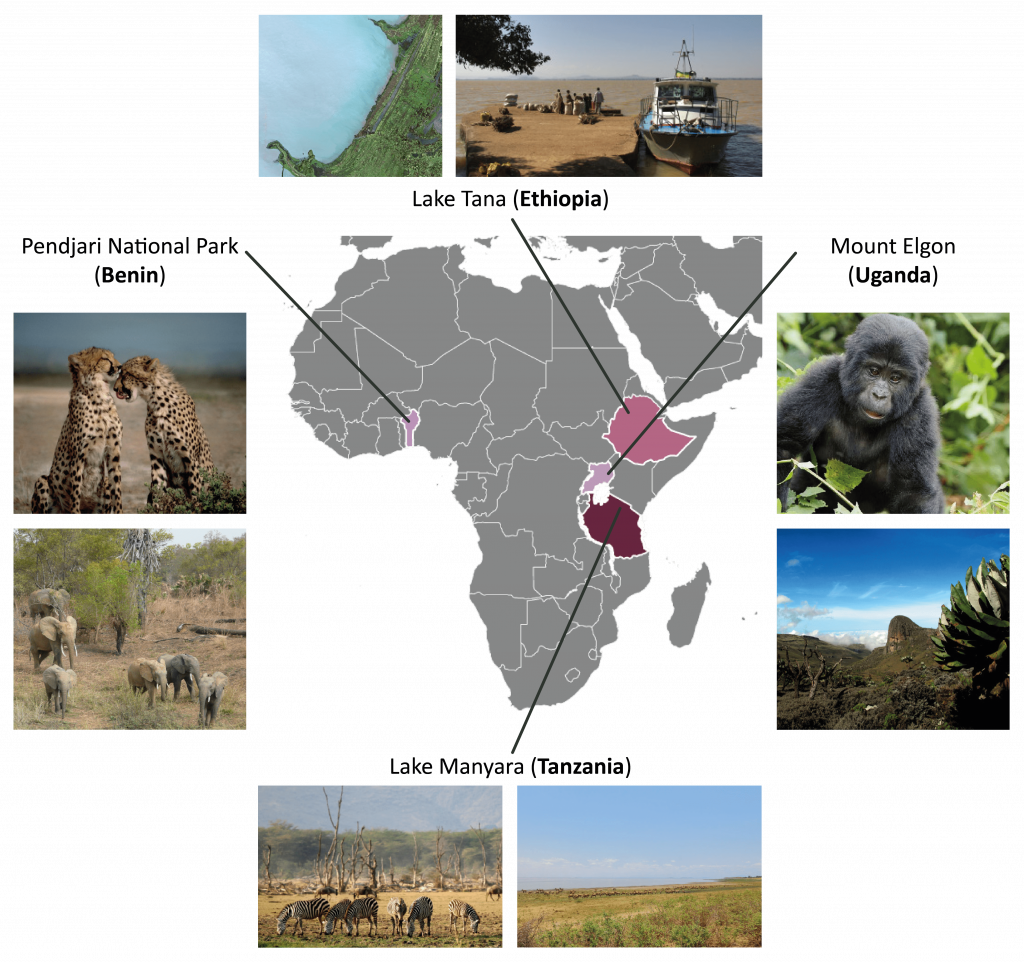
THE FOUR STUDY SITES WERE:
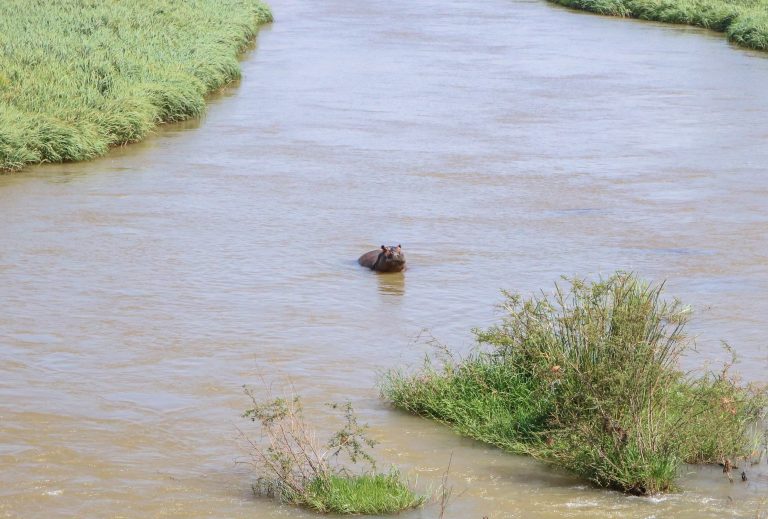

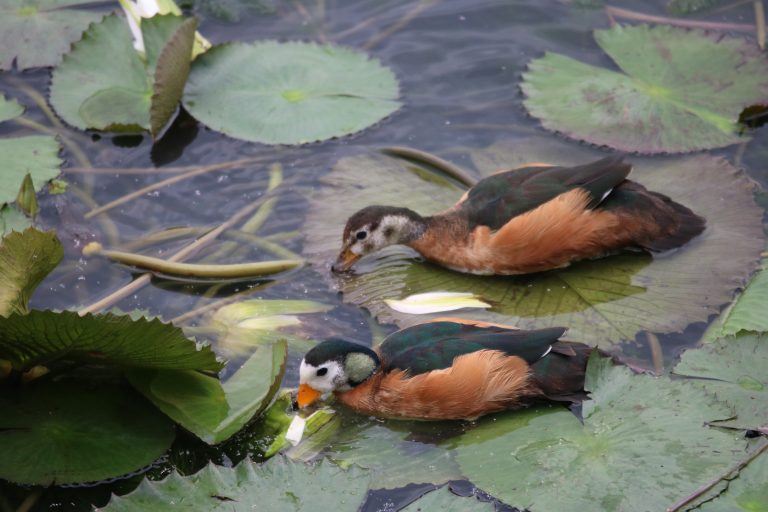
OBJECTIVES
The general objective of the project is to further test and develop existing methods and tools for rapid assessment of ES and to perform evaluation of the economic value of ES in African UNESCO-MAB for a better appreciation of the potential for management and socio-economic integration, in order to better protect UNESCO-MAB sites for their biodiversity for future generations.
The specific objectives are
to test and adapt rapid assessment tools for a bundle of ES provided by UNESCO-MAB sites;
to formulate pertinent stakeholder engagement and policy advice for managers and decision-makers, including other stakeholders such as private sector, community leaders, and MAB Council, concerning the valuation of ecosystem services, reward mechanisms and opportunities and limitations of socio-economic valuation in conservation.




